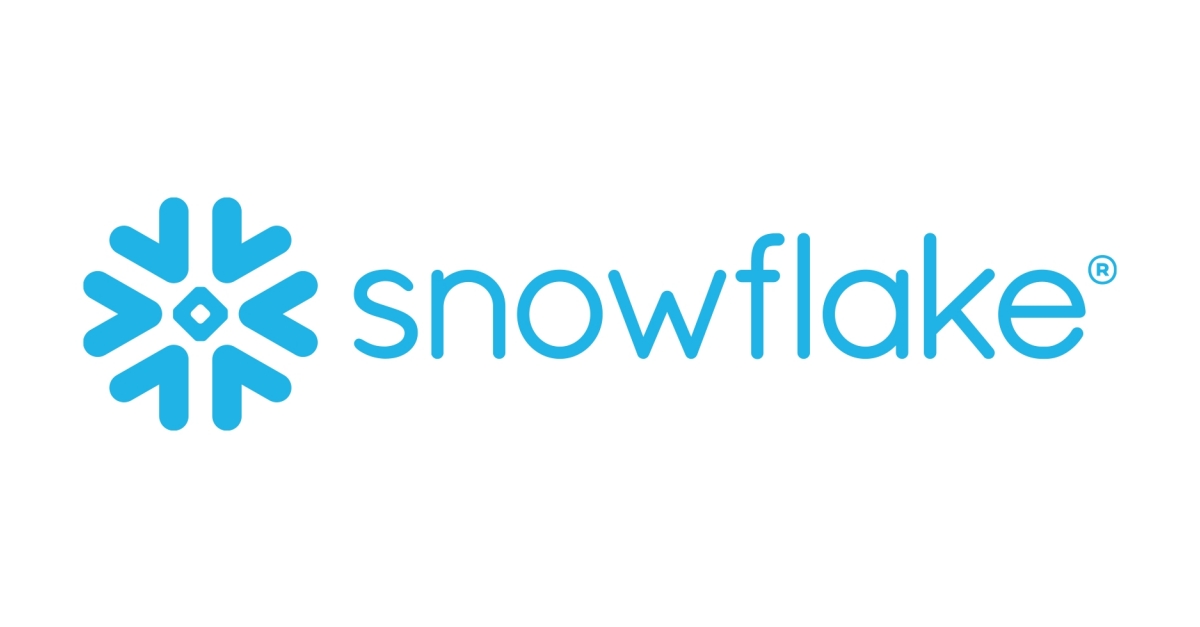Snowflake 101: A Comprehensive Guide to the Data Cloud
In today’s data-driven world, managing and analyzing vast amounts of data efficiently and effectively is paramount for businesses of all sizes. Among the myriad of tools and platforms available, Snowflake has emerged as a game-changer, offering a revolutionary approach to data warehousing and analytics. In this guide, we’ll delve into what Snowflake is, its history, why it’s used, its key features such as virtual data warehouses and connectivity options, a real-time use case, a comparison with its prominent competitor, Redshift, and an overview of its architecture.
What is Snowflake?
Snowflake is a cloud-based data platform designed to provide scalable and flexible solutions for storing, processing, and analyzing data. Unlike traditional data warehouses, Snowflake operates entirely in the cloud and offers a range of innovative features, including a unique architecture and seamless integration with various data sources and tools.
A Bit of Its History
Snowflake was founded in 2012 by Benoit Dageville, Thierry Cruanes, and Marcin Zukowski. The company’s vision was to address the limitations of traditional data warehouses by leveraging the power of the cloud. In 2014, Snowflake launched its first product, followed by rapid growth and expansion into the market. Today, Snowflake is recognized as one of the leading platforms for cloud data warehousing and analytics.
Why is it Used?
Snowflake is used by organizations across industries for several reasons:
-
Scalability: Snowflake allows businesses to scale their data storage and processing capabilities dynamically, enabling them to handle growing volumes of data without compromising performance.
-
Flexibility: With Snowflake, users can easily adapt their data infrastructure to changing business requirements, thanks to its cloud-native architecture and pay-as-you-go pricing model.
-
Performance: Snowflake’s unique architecture, which separates compute and storage, ensures high performance and fast query execution, even with large datasets.
-
Ease of Use: Snowflake provides a user-friendly interface and supports standard SQL queries, making it accessible to data analysts and engineers with varying levels of expertise.
Virtual Data Warehouses
One of Snowflake’s key features is its virtual data warehouses. These are scalable clusters of compute resources that can be provisioned on-demand to handle specific workloads. Users can create multiple virtual warehouses with different configurations to meet different analytical needs, such as ad-hoc queries, data transformation, or reporting.
Connectivity Options
Snowflake offers extensive connectivity options, allowing users to gather data from various sources and tools, including:
- Databases: Snowflake can connect to popular databases such as MySQL, PostgreSQL, Oracle, and SQL Server, enabling seamless data integration.
- Cloud Storage Platforms: Snowflake integrates with cloud storage platforms like Amazon S3, Azure Blob Storage, and Google Cloud Storage, enabling users to ingest data from these sources directly.
- Streaming Platforms: Snowflake supports integration with streaming platforms such as Apache Kafka and Amazon Kinesis, enabling real-time data ingestion and analysis.
- BI and Analytics Tools: Snowflake seamlessly integrates with leading BI and analytics tools like Tableau, Looker, and Power BI, allowing users to visualize and analyze data stored in Snowflake.
Real-Time Use Case
Consider a retail company that wants to analyze customer purchasing behavior in real-time to personalize marketing campaigns and improve customer satisfaction. By leveraging Snowflake’s real-time data ingestion capabilities and seamless integration with streaming platforms, the company can ingest data from online transactions, social media interactions, and customer feedback in real-time. They can then use Snowflake’s powerful analytics capabilities to analyze this data and derive actionable insights, such as identifying trends, predicting customer preferences, and optimizing marketing strategies.
Snowflake Architecture
Snowflake’s architecture is built on a hybrid of traditional shared-disk and shared-nothing database architectures. It comprises three key layers:
-
Database Storage: Snowflake reorganizes data into its optimized, compressed, columnar format and stores it in cloud storage. Snowflake manages all aspects of data storage, including organization, compression, and metadata.
-
Query Processing: Query execution is performed in the processing layer using virtual warehouses, which are MPP compute clusters allocated by Snowflake. Each virtual warehouse is independent and does not share compute resources with others.
-
Cloud Services: The cloud services layer coordinates activities across Snowflake, including authentication, infrastructure management, metadata management, and query optimization.
Redshift vs Snowflake: Which is Better in Which Scenarios?
While both Redshift and Snowflake are popular choices for cloud data warehousing, they have distinct features and strengths that make them suitable for different scenarios:
-
Redshift: Redshift is ideal for organizations already invested in the AWS ecosystem, as it seamlessly integrates with other AWS services. It is well-suited for OLAP workloads and offers high performance for complex analytical queries. However, Redshift may not be the best choice for organizations with fluctuating workloads or those requiring real-time data processing.
-
Snowflake: Snowflake’s cloud-native architecture and separation of compute and storage make it highly scalable and flexible. It is suitable for organizations seeking a platform that can handle fluctuating workloads and real-time analytics. Snowflake’s ability to ingest data from multiple sources and its support for diverse analytics tools make it a versatile choice for businesses of all sizes.
In summary, the choice between Redshift and Snowflake depends on factors such as existing infrastructure, workload requirements, and budget constraints. Organizations should evaluate their specific needs and consider factors such as scalability, performance, and integration capabilities when choosing between the two platforms.
